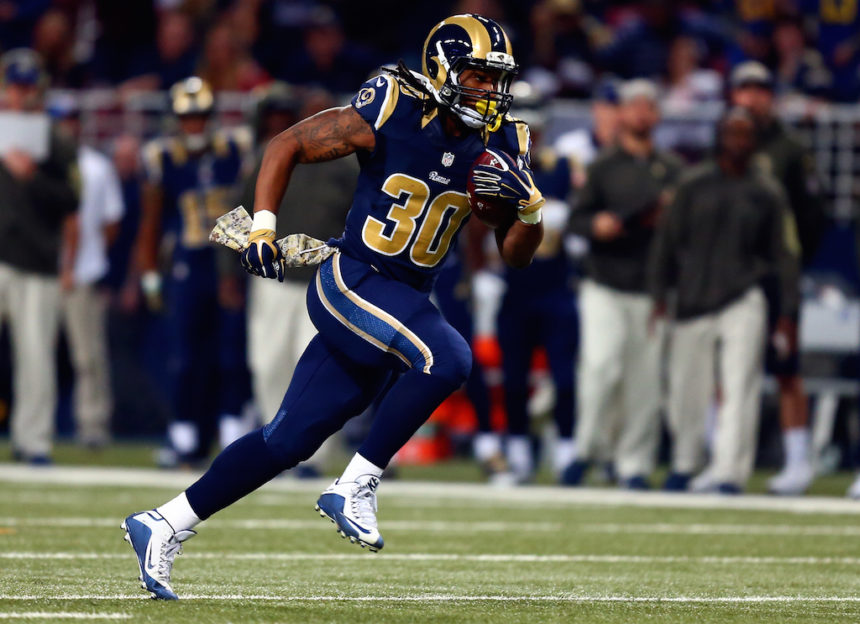The Zero-RB (or zero running back) movement began a few years ago and has steadily picked up steam which each passing season. The basis of the strategy is to essentially punt on running backs until the middle-ish rounds of your draft – depending on your tolerance and how the draft plays out. Rather than drafting running backs with their early round selections, these owners take elite wide receivers, tight ends and sometimes quarterbacks.
What’s the benefit? The idea is that you’re chasing talent rather than position. Running back has long been heralded as the most crucial position of a fantasy football roster. It used to be that you drafted a running back with your first round pick no matter who was available because it really was the smartest thing to do. These days, the times are changing. The passing game has taken over the NFL and receivers are becoming more and more reliable and scoring more points. Assuming the number of plays in a game stays relatively the same, this means fewer carries for running backs and many fewer touches for running backs who aren’t used in the passing game.
Want some proof? Let’s go to the numbers. Both Antonio Brown (243pts) and Julio Jones (231pts) (wide receivers) outscored the top scoring running back, Devonta Freeman (230pts), from the 2015 season (ESPN standard scoring) – and that doesn’t even count PPR leagues! Following Freeman was yet another wide receiver in Brandon Marshall (223pts) before we get to the second running back Adrian Peterson (217pts). That’s nearly a 30-point difference from Peterson to Brown. So if you had used the Zero-RB strategy last year, you would have ended up with the highest scoring (Non-QB) player in the league. If you’d rolled with the standard strategy, you’d have gotten AP, the 5th best player – c’mon, none of you saw Freeman’s breakout coming.


Leave a Reply